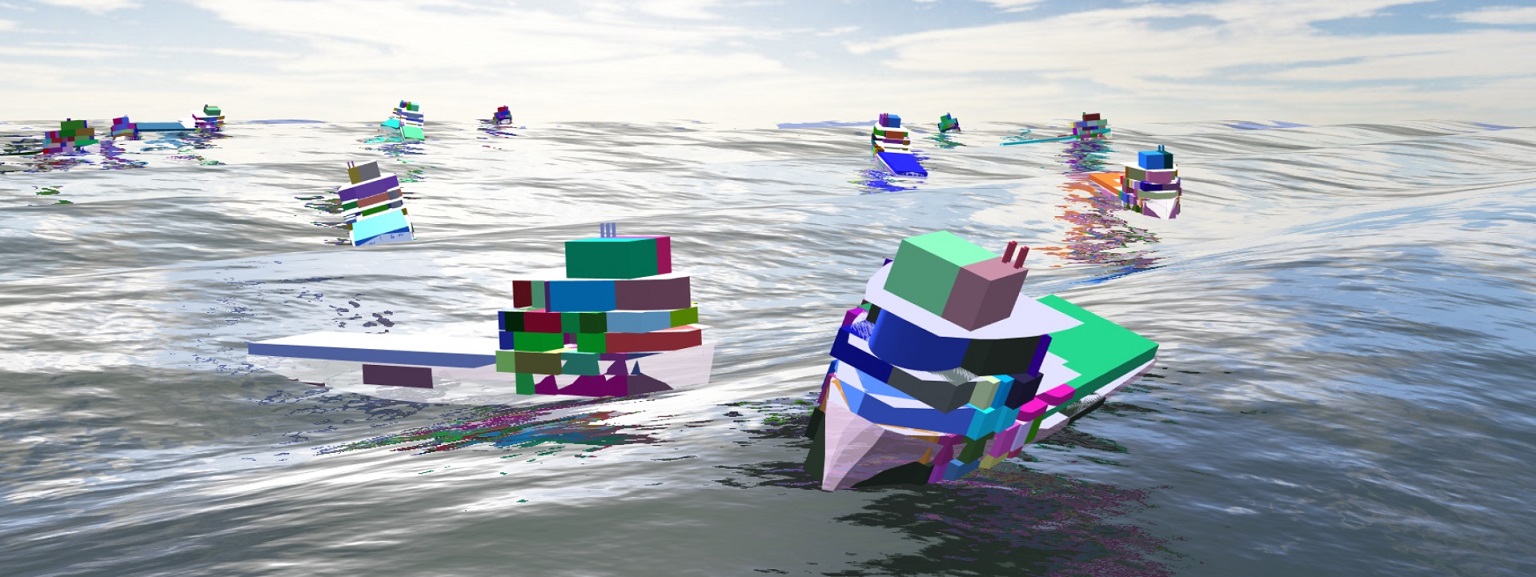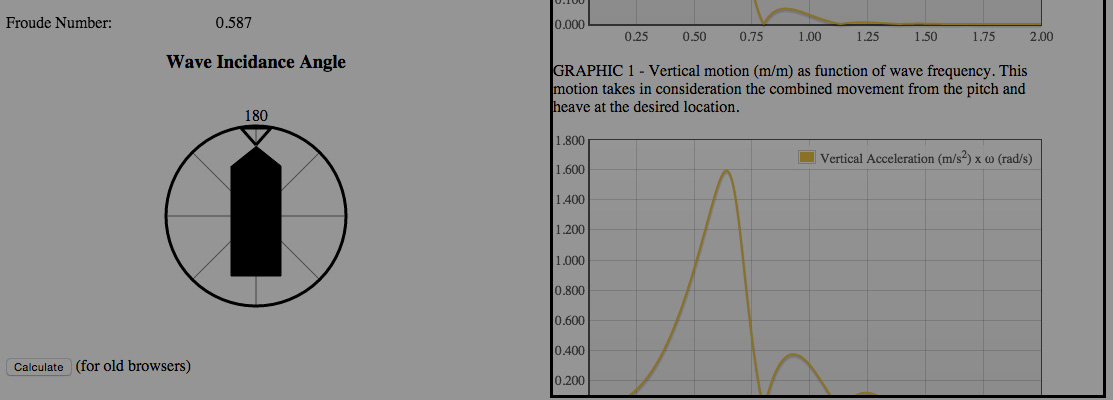OUR LAB
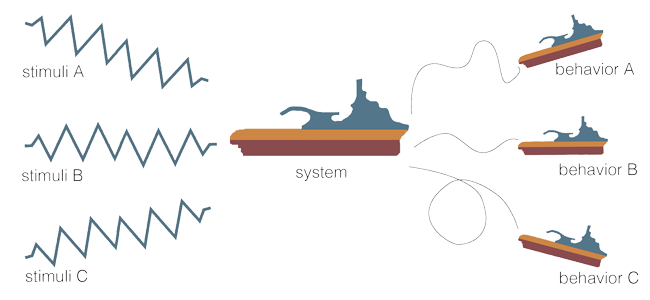 The research activities within the Ship Design and Operations lab (ShipLab) focus on the design and behaviour of the ship in an offshore maritime operation environment. The ship is modelled in a virtual environment and the idea is to be able to simulate ship performance (motions, systems, propulsion) in real time. Design activities with fast-track tool, data driven design, 3D all over the process, PLM and modularisation are also considered. Activities have strong connection with the industry, via the Blue Maritime Cluster partners
The research activities within the Ship Design and Operations lab (ShipLab) focus on the design and behaviour of the ship in an offshore maritime operation environment. The ship is modelled in a virtual environment and the idea is to be able to simulate ship performance (motions, systems, propulsion) in real time. Design activities with fast-track tool, data driven design, 3D all over the process, PLM and modularisation are also considered. Activities have strong connection with the industry, via the Blue Maritime Cluster partners PROJECTS
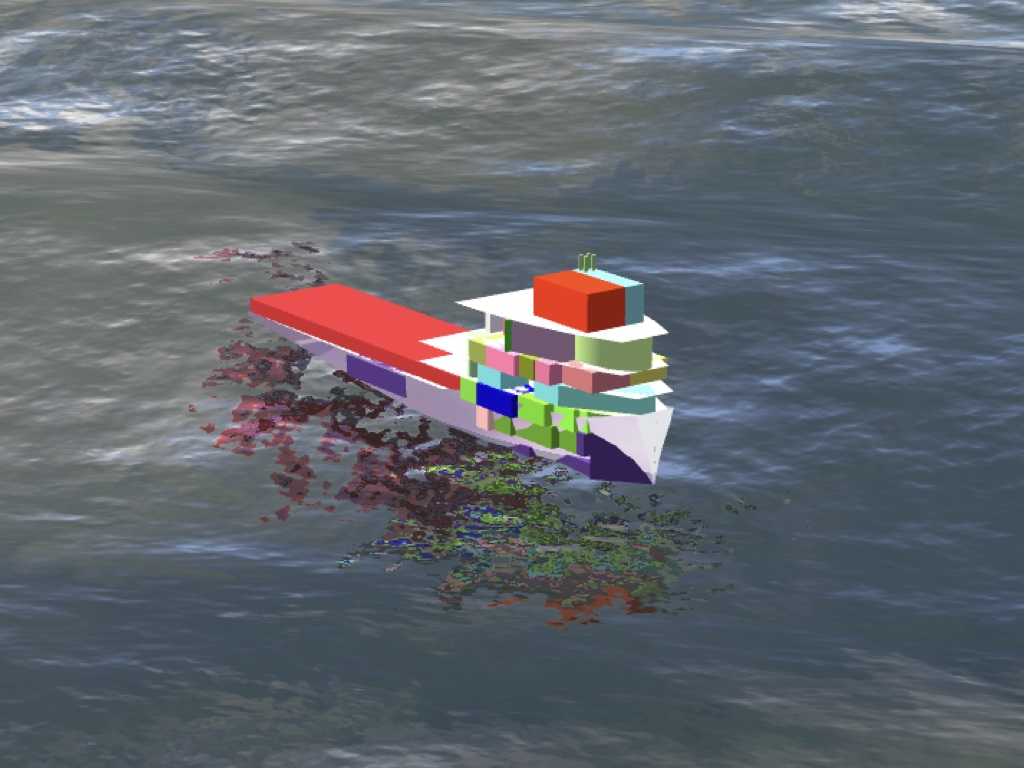
Vessel.js
Vessel.js is a web-based library for conceptual ship design. It represents the vessel as an object, which is used to simulate different functionalities and behaviors.
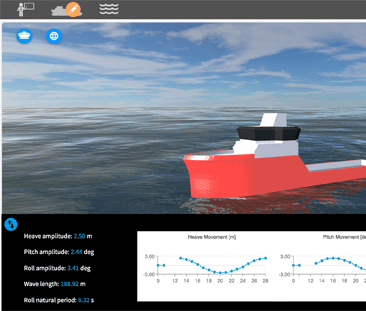
Ship Simulator
Ship Virtual Prototype and Parametric Motion Simulator. An open-source application capable to run real-time ship motion simulations in a web browser, in any device of any operational system with HTML5 compatibility. This becomes possible by implementing closed-form expressions for wave-induced motion in JavaScript code, assisted by THREE.js and WebGL libraries to handle 3D graphics.
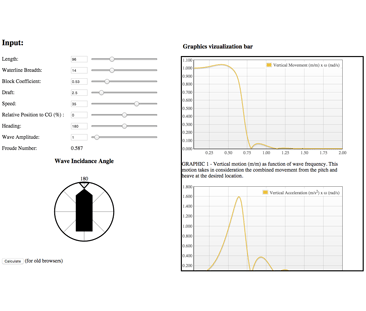
Ship Motion Web App
Graphical representation of estimated motion responses for ships. Heave, pitch, vertical motion and vertical acceleration responses are calculated as function of length, breadth,draught, block coefficient, waterline breadth and operational profile. They can be changed by clicking and dragging the sliders.
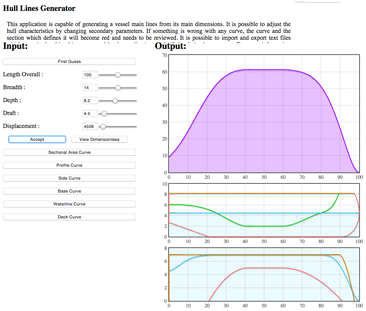
Hull Lines Generator
This application is capable of generating a vessel main lines from its main dimensions. It is possible to adjust the hull characteristics by changing secondary parameters.
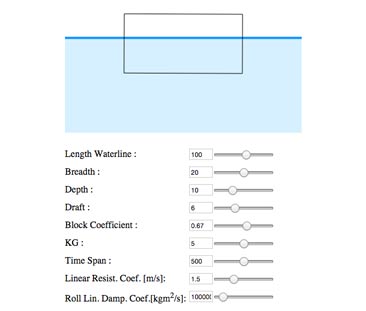
6DOF Model
Rigid body model of a ship, with six degree of freedom (Surge, Sway, Yaw, Heave, Roll and Pitch)
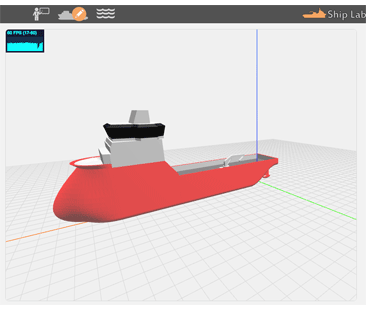
3D Vessel Configurator
3D Modular Vessel Configurator with sea scene prototype
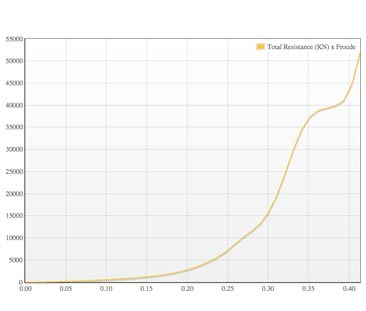
Holtrop & Mennen Method
App to calculate the total resistance of a displacement ship based on the Holtrop and Mennen method.
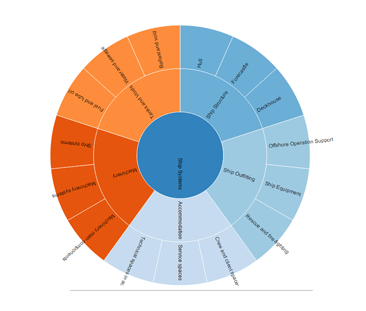
Data-Driven Documents applied to Conceptual Ship Design
This work focuses on data-driven documents (D3) examples applied to the conceptual ship design process, especially in how to effectively and quickly filter and present complex input, multilevel and multiclient interactions, associating into design knowledge.
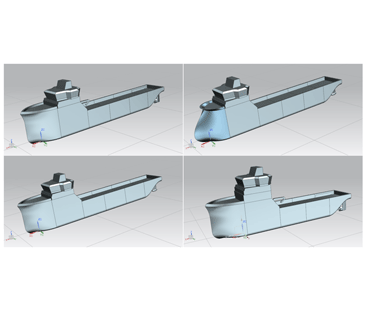
Simple Modularization Process applied to Ship Design
The objective of this work is to present a simplified modularization process appllied to Ship Design. In short, given a module library, we are able to combine all the modules within and generate a fair amount of different, but viable designs.
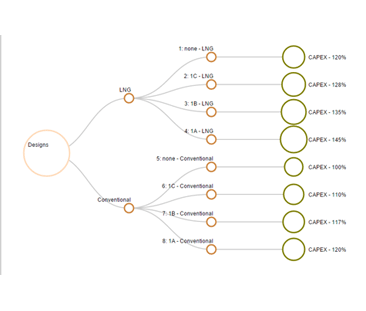
Lifecycle Model for LNG fueled Ships Operating in the Arctic via Epoch-Era Analysis
In the EEA methodology future scenarios are represented by the discretization of the contextual factors into epoch variables , within a range that takes into account the uncertainties and expectations.
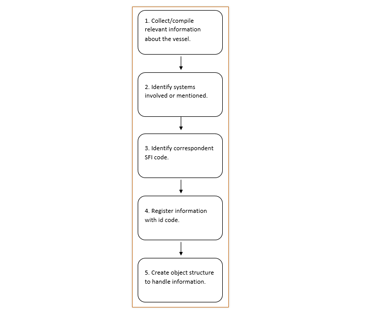
SFI classification system
SFI is a widely used classification system for ships, oil platforms and other maritime structures. The SFI system allows its users to divide hierarchically the elements inside a maritime structure for a wide range of purposes related to control of shipping, offshore or shipbuilding operations.
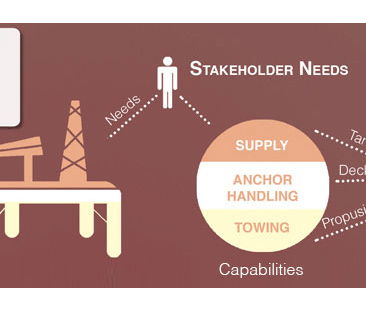
Introduction to Parametric Design
The objective of the parametric design procedure is to establish a consistent parametric description of the vessel in the early stages of design, starting from the basic design principle that a certain description of a vessel should be able to perform efficiently a given mission.
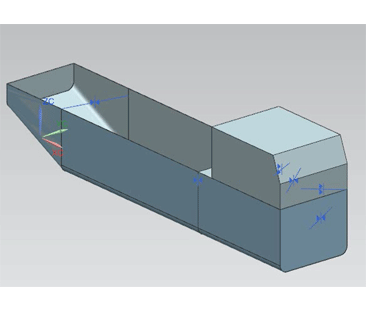
Simple Modular Vessel Approach Using Siemens-NX
This tutorial aims to introduce a very simple way of doing a parametric vessel modelling at Siemens NX.
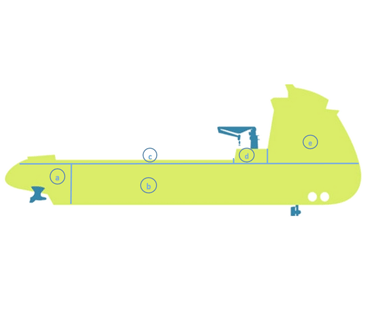
Preliminary Ship Division and Assembly
Divide the ship in systems containing modules so that these modules are distinguished from each other by its functionality.
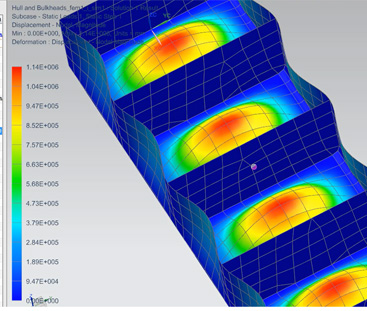
Simple Parametric Ship Structural Analysis in Siemens-NX
The objective of this report is to create one method that can be used to generate parametrized structural elements from a hull design.
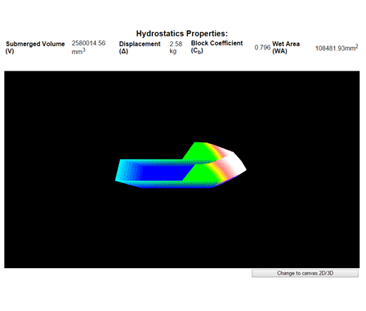
A web based parametric ship design
A web based parametric ship design tool, with an online graphical user interface, where the user can easily change the simple vessel’s parameters.
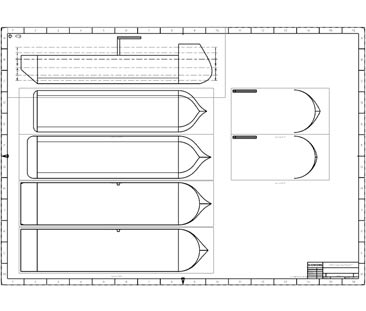
Making a technical drawing in NX-Siemens
It is possible to create a 2D drawing from a 3D model using the NX Drafting application.

